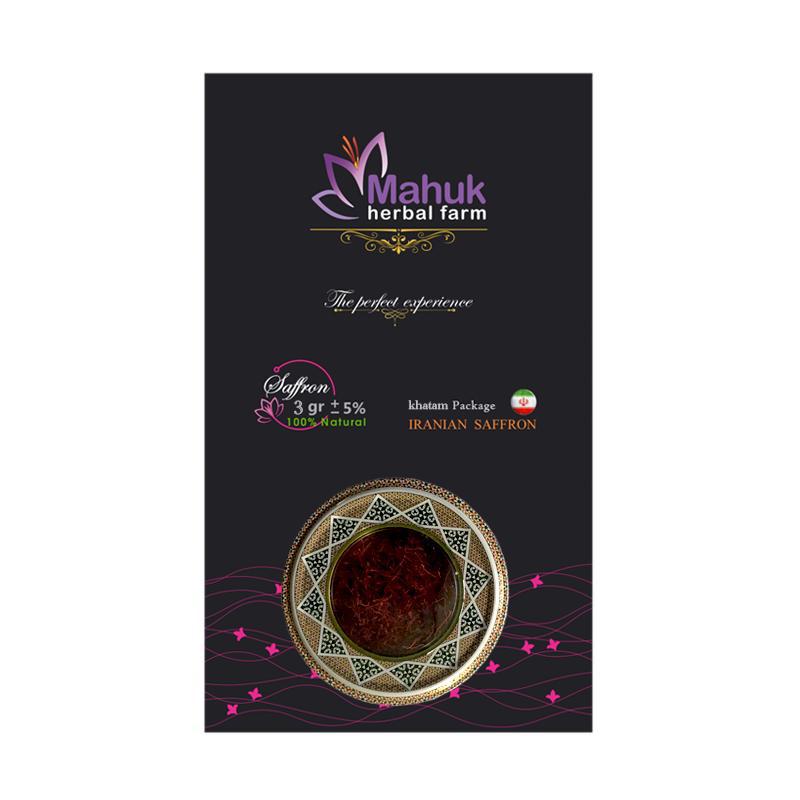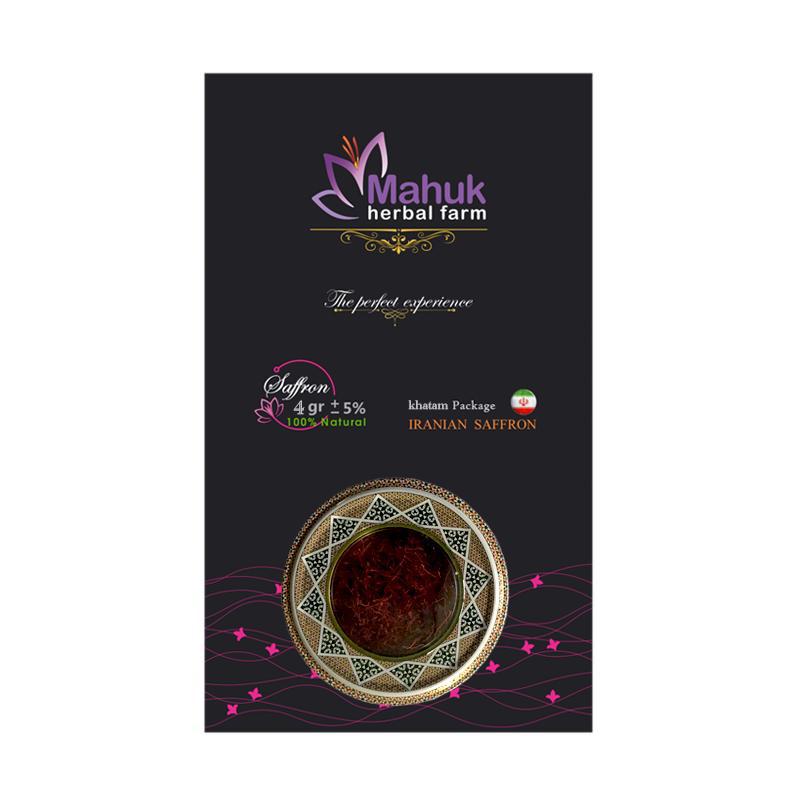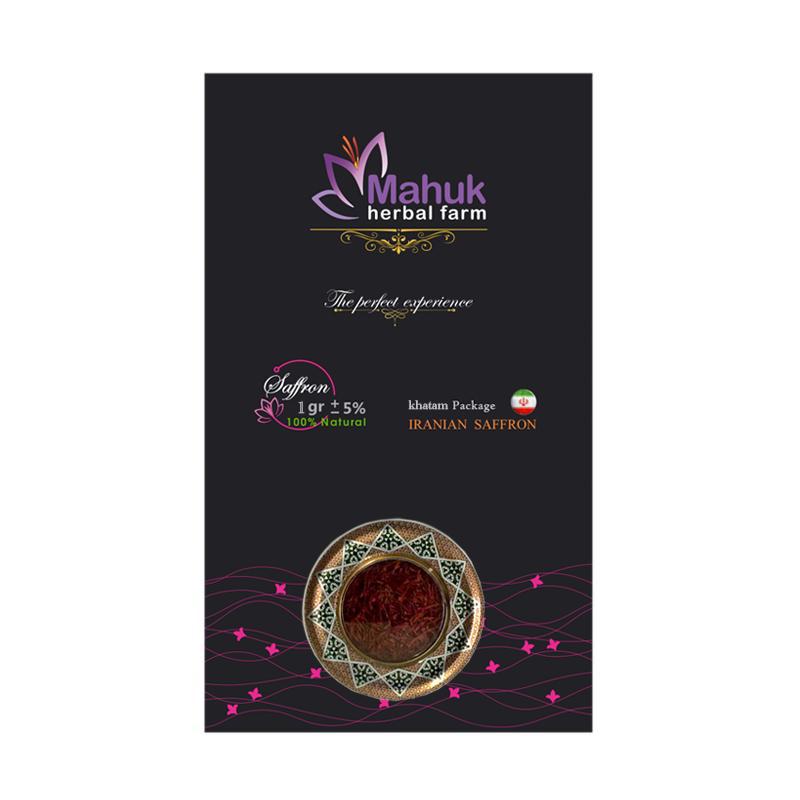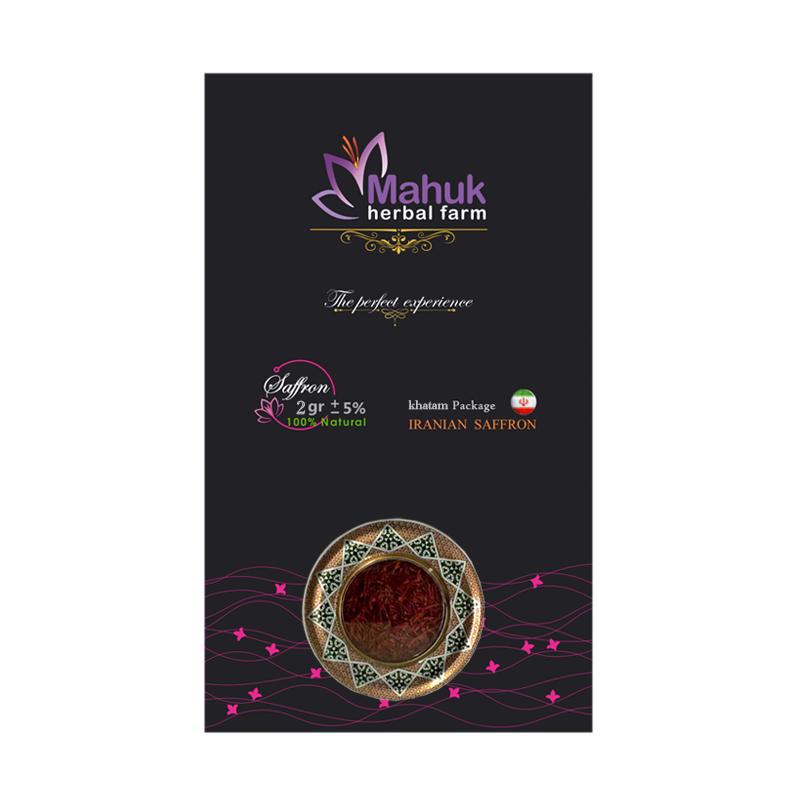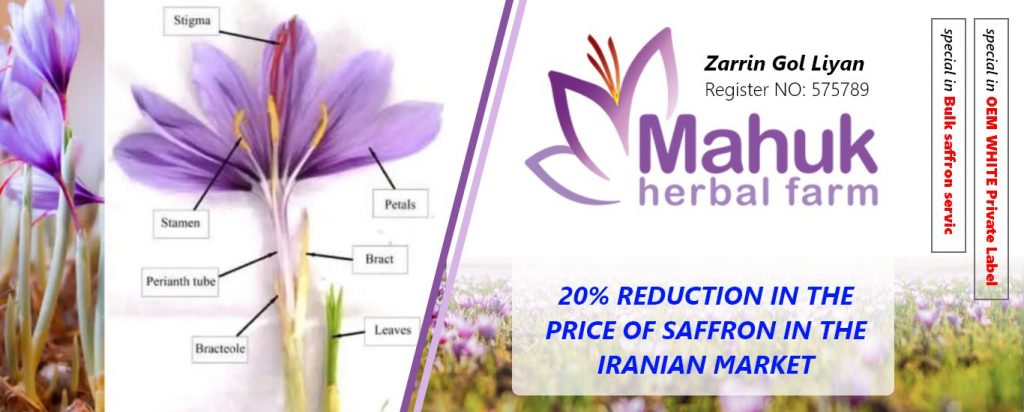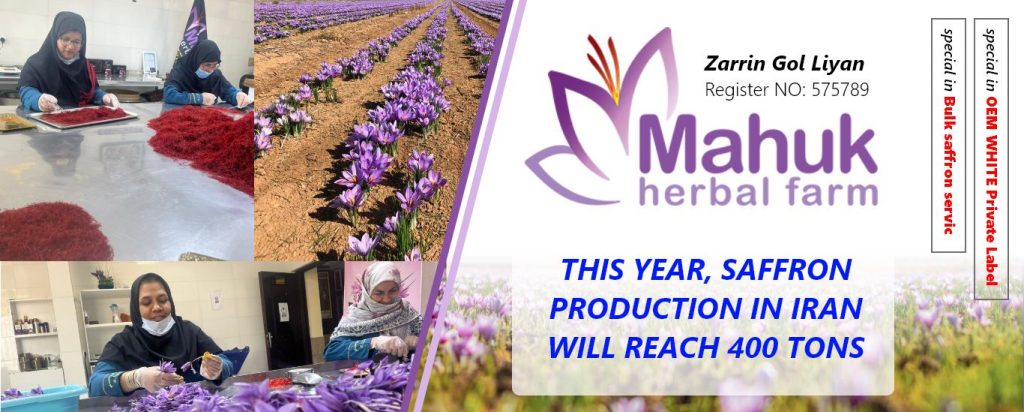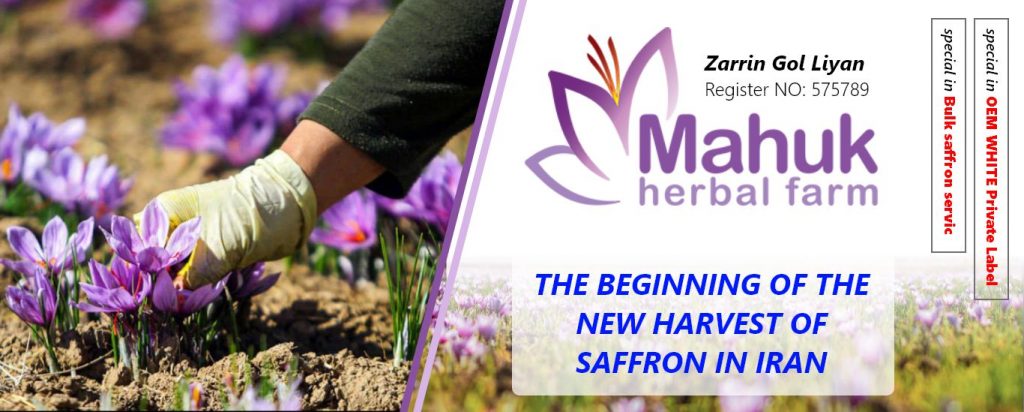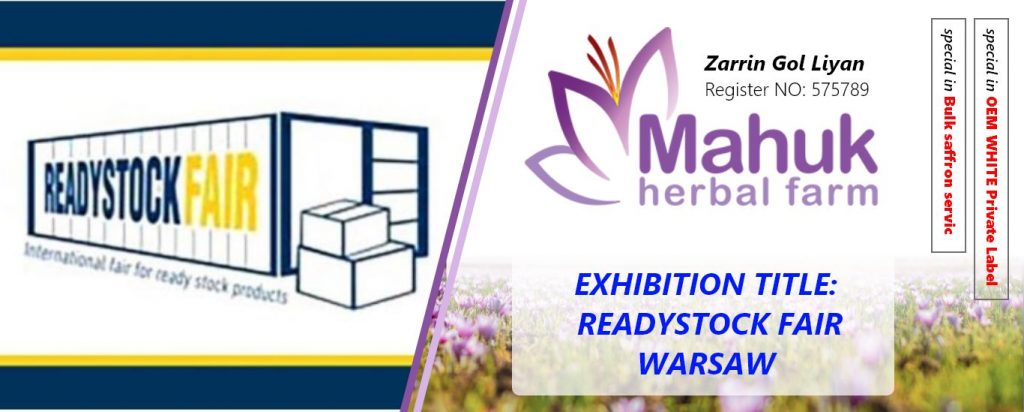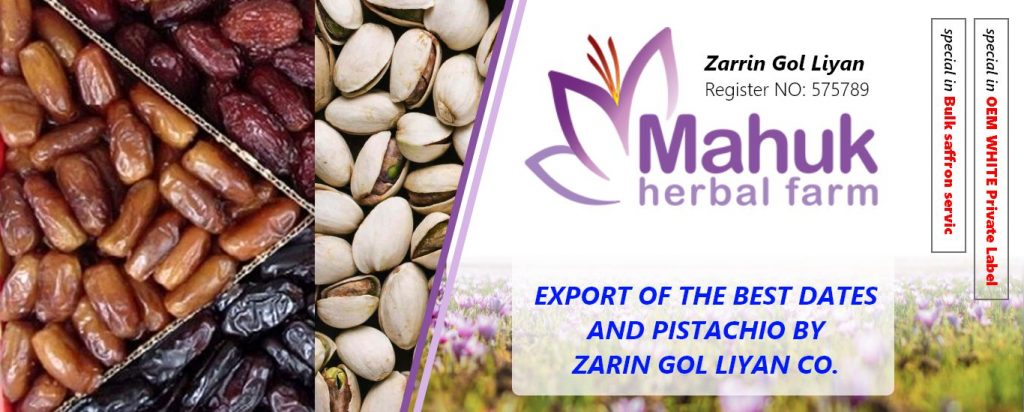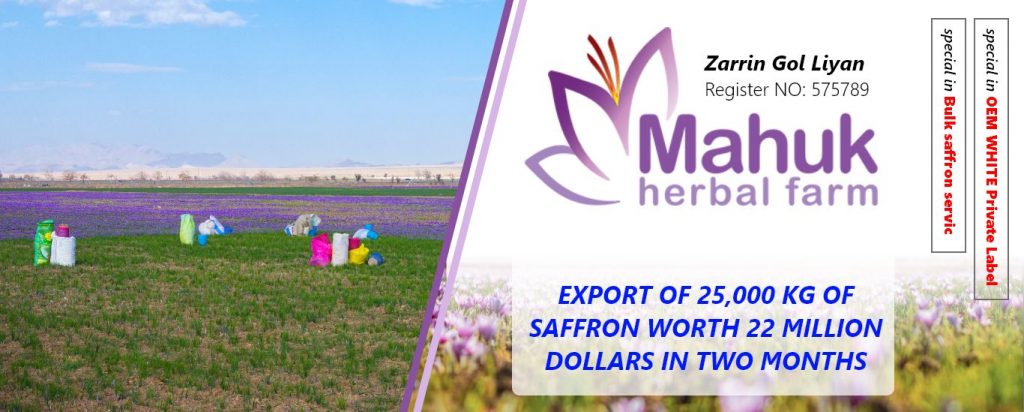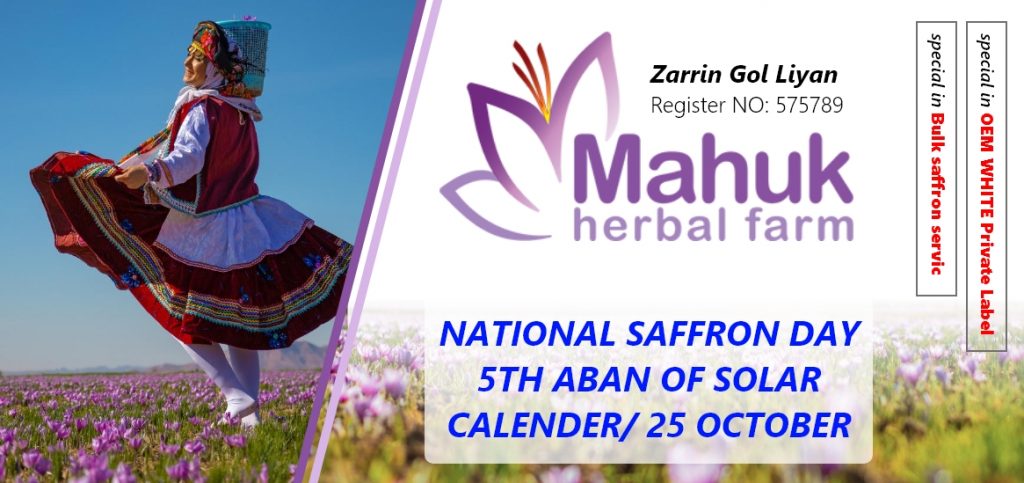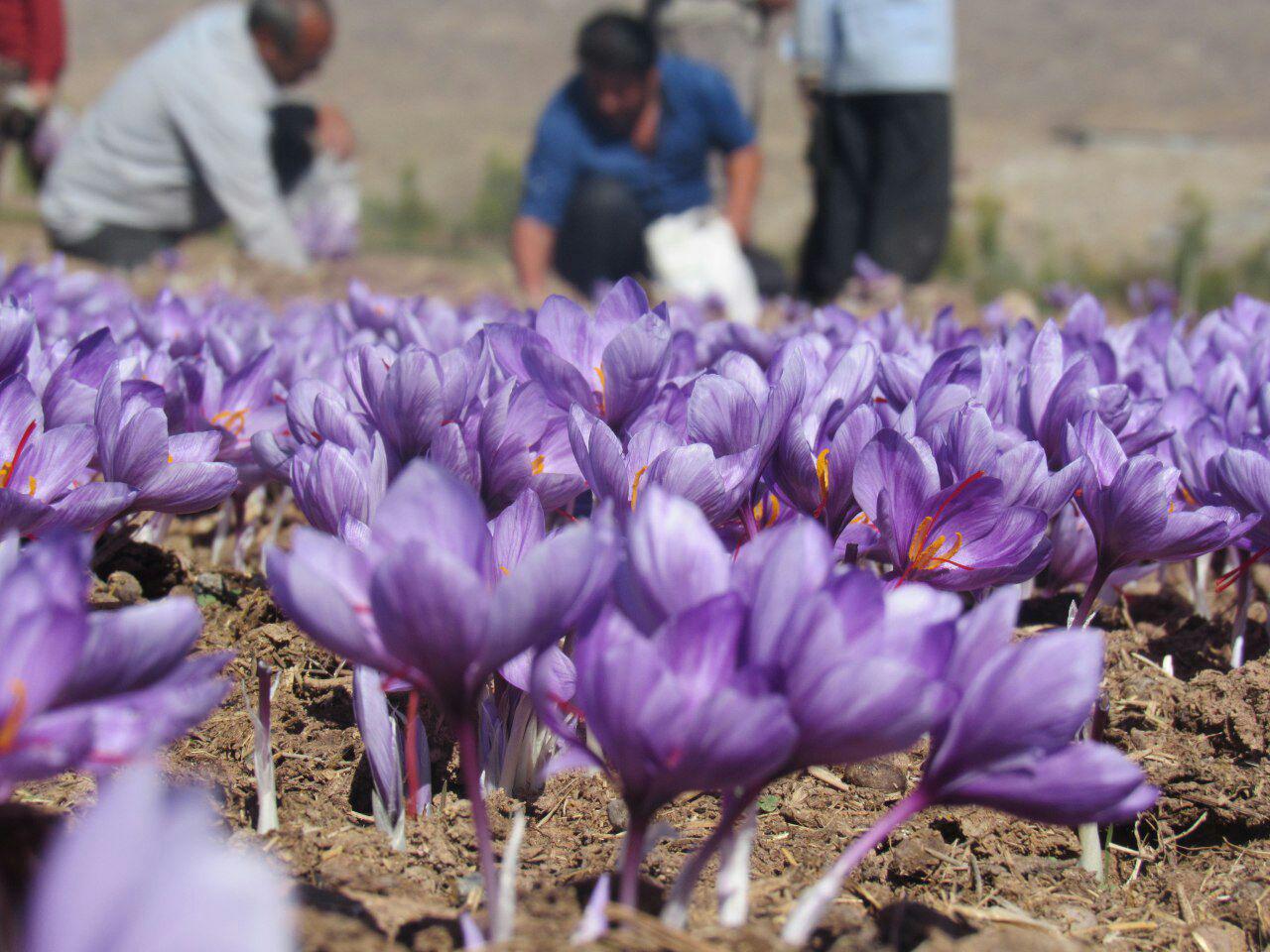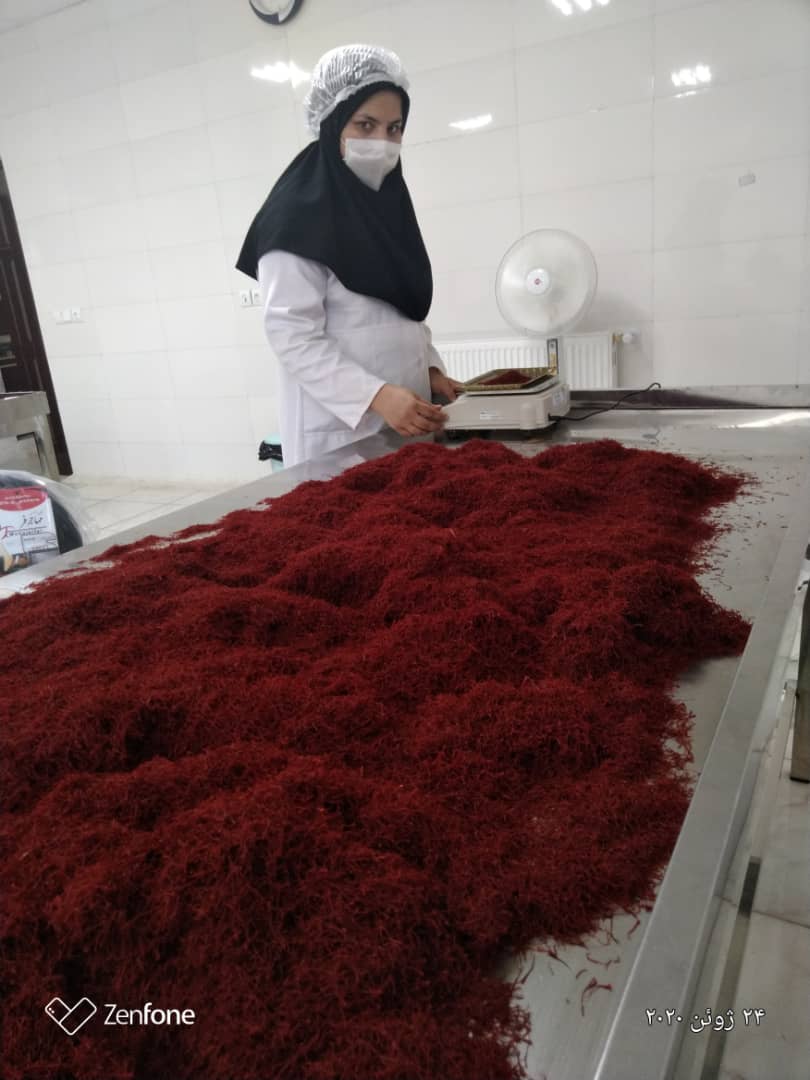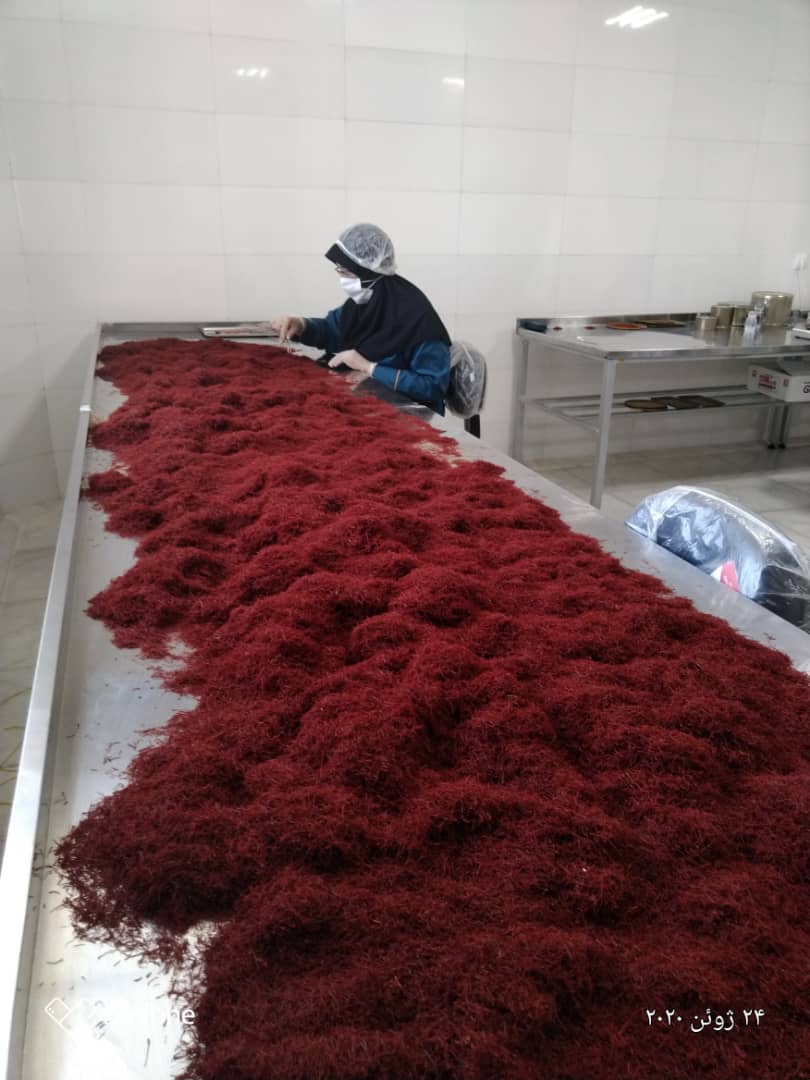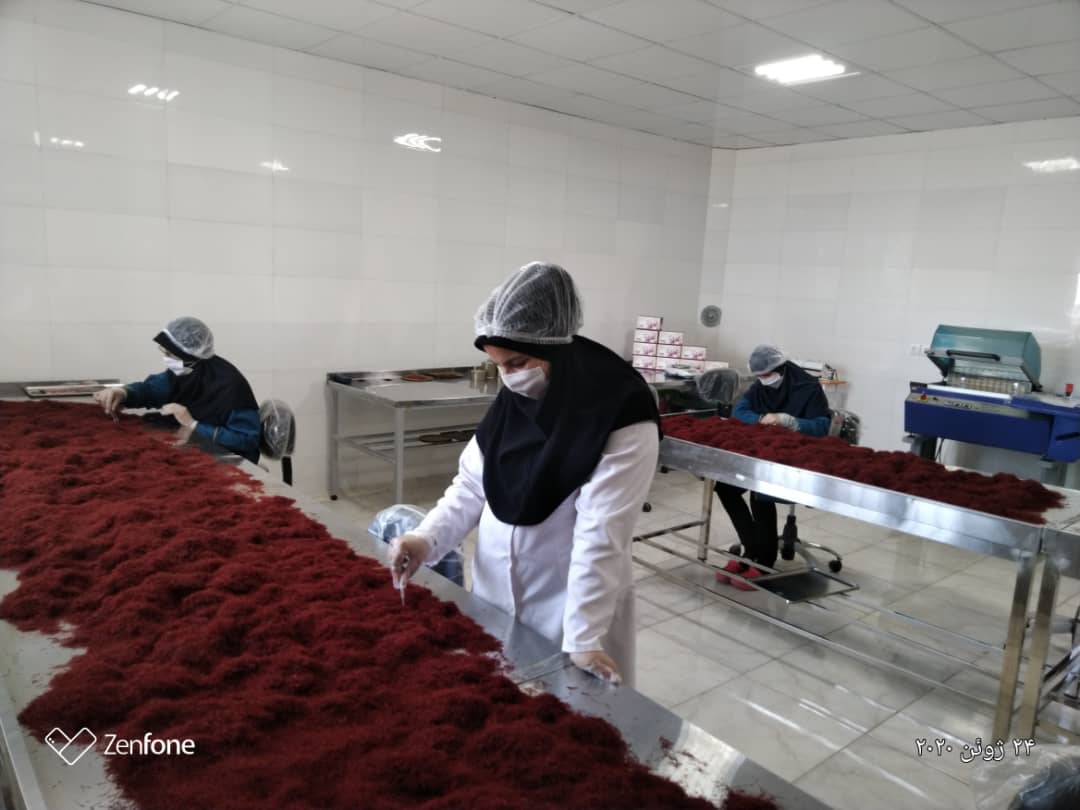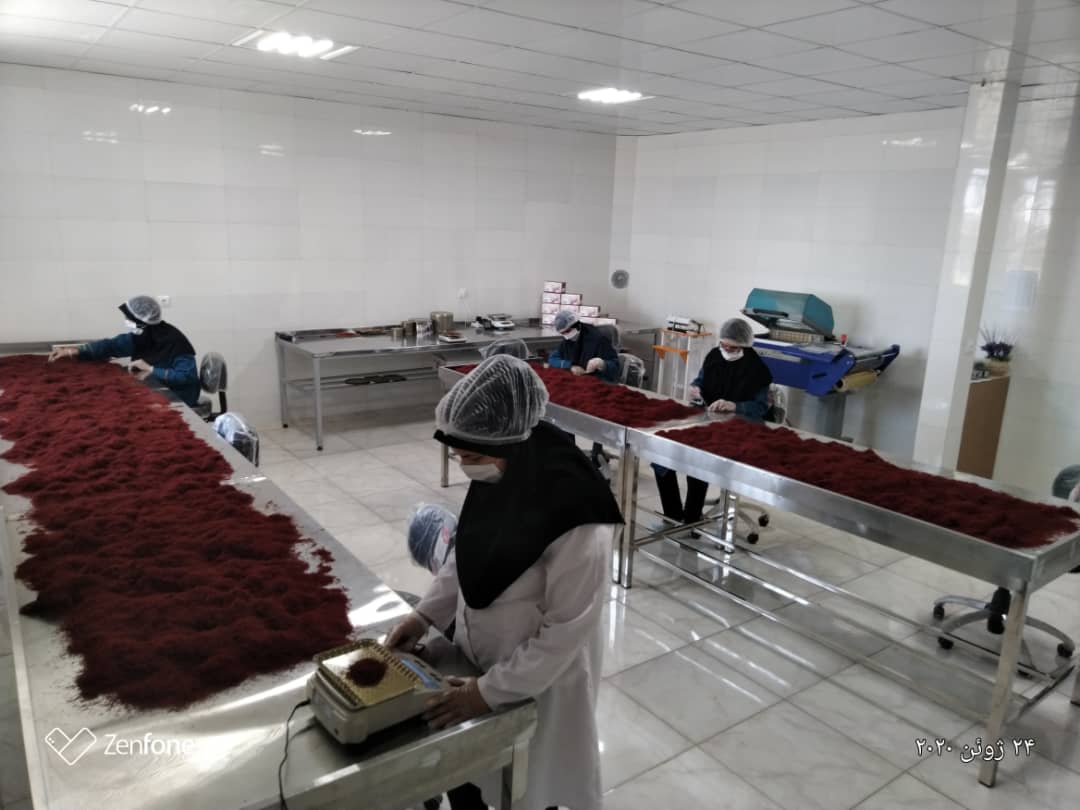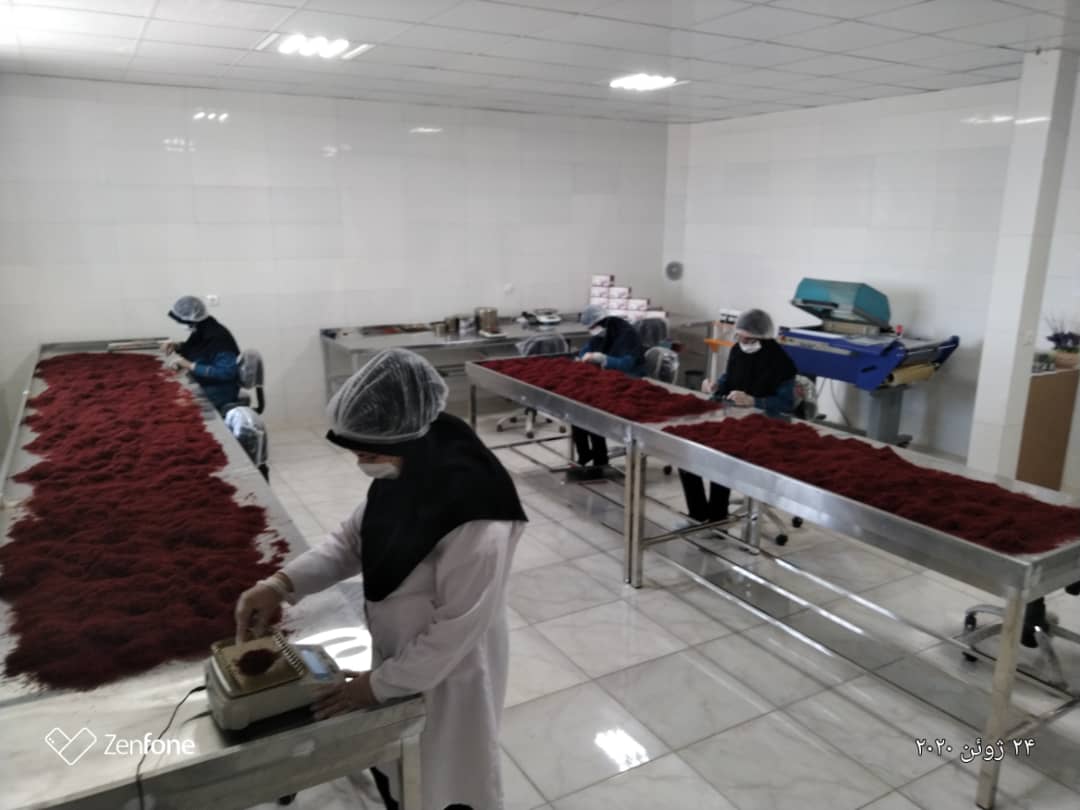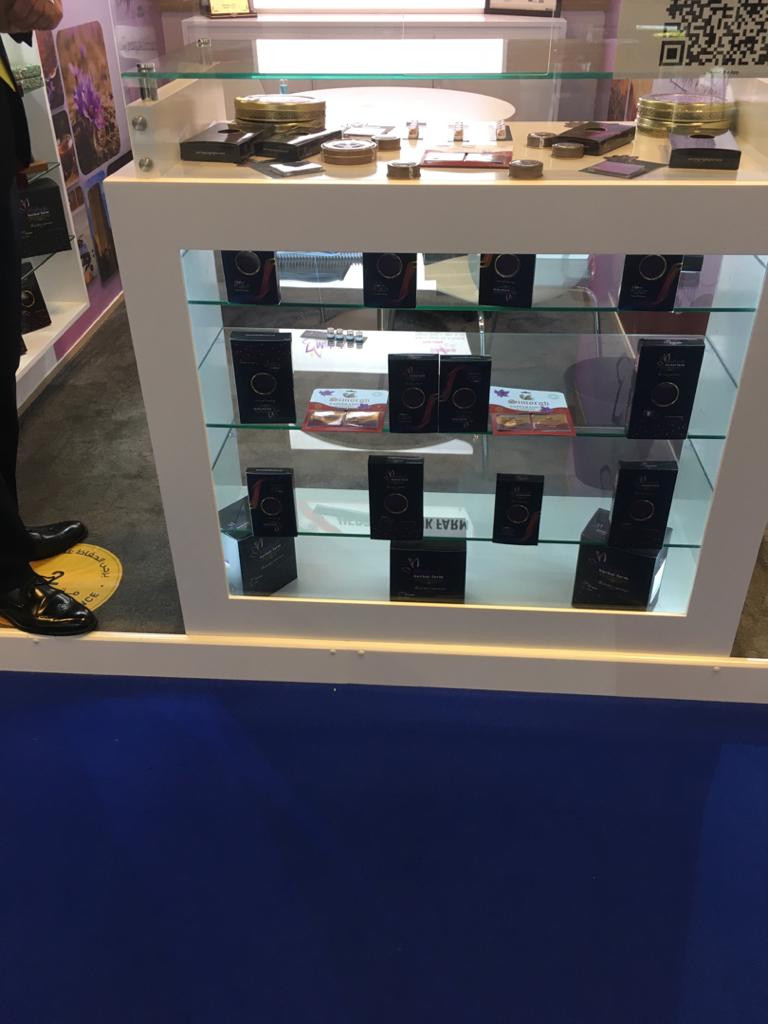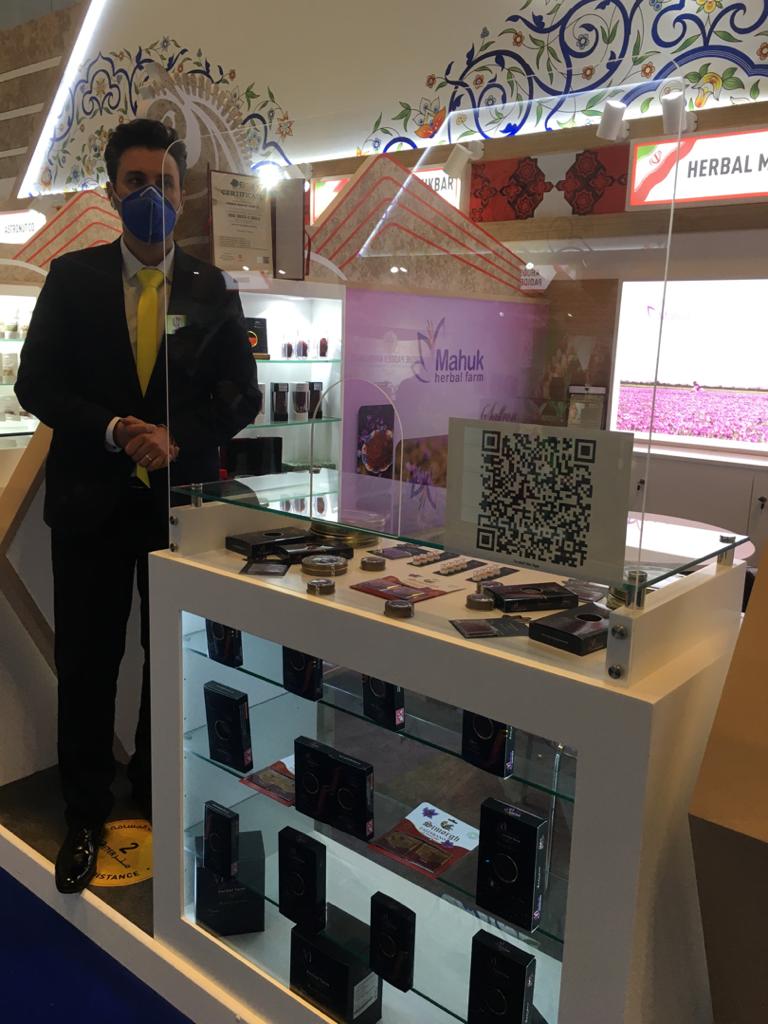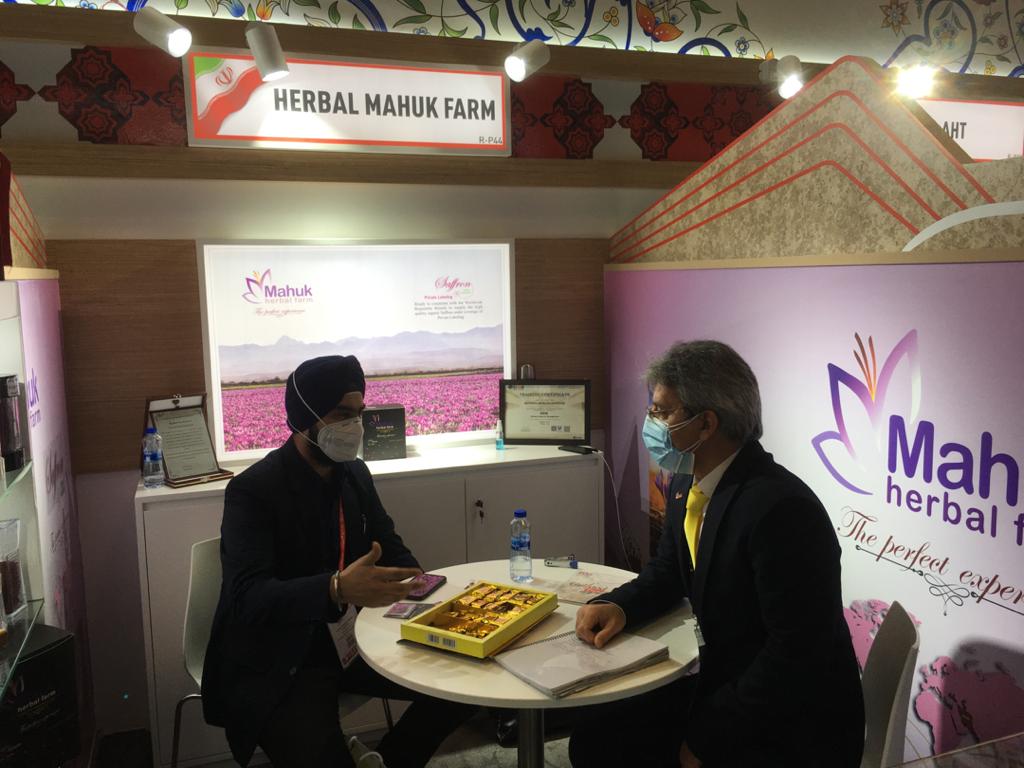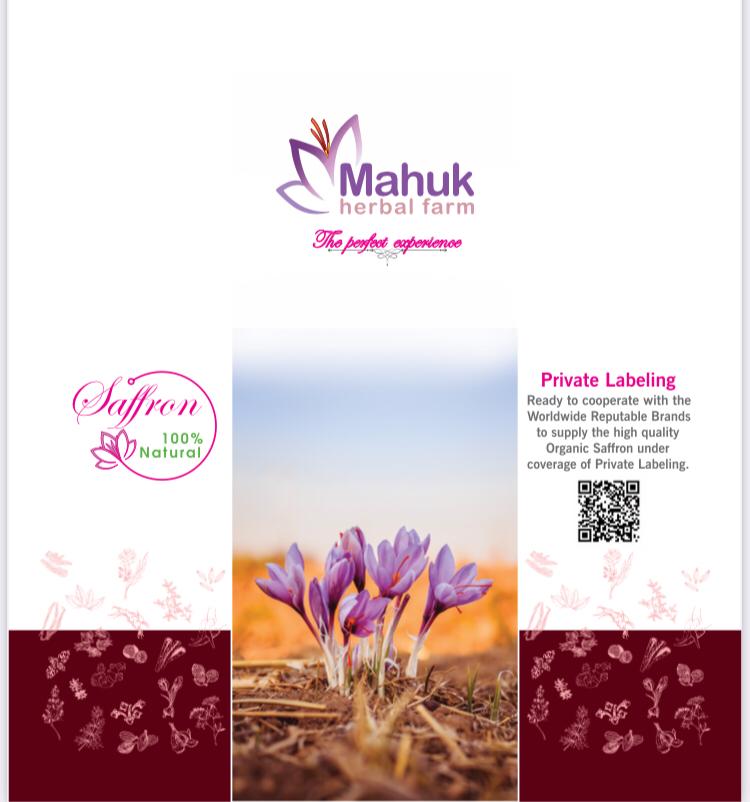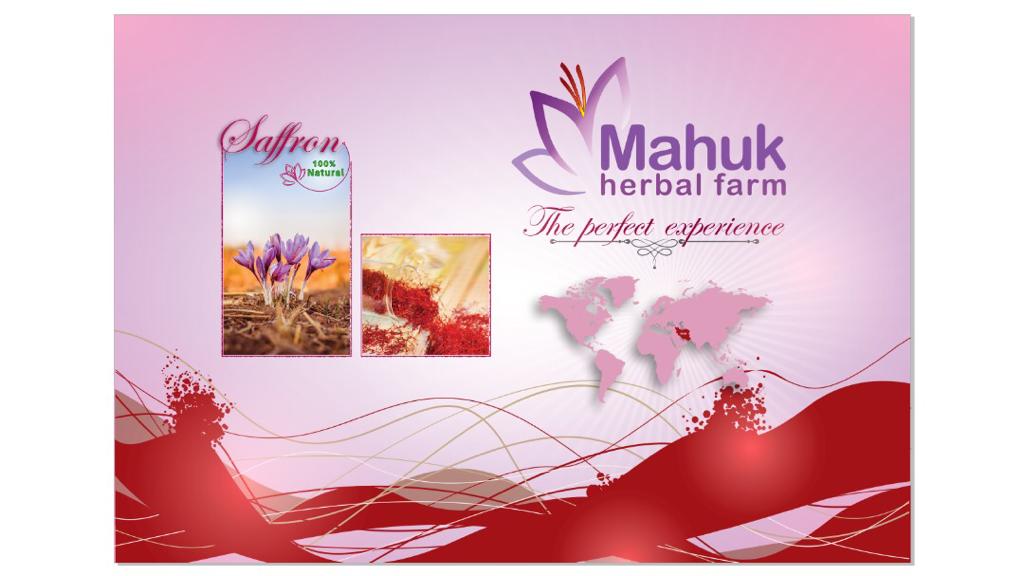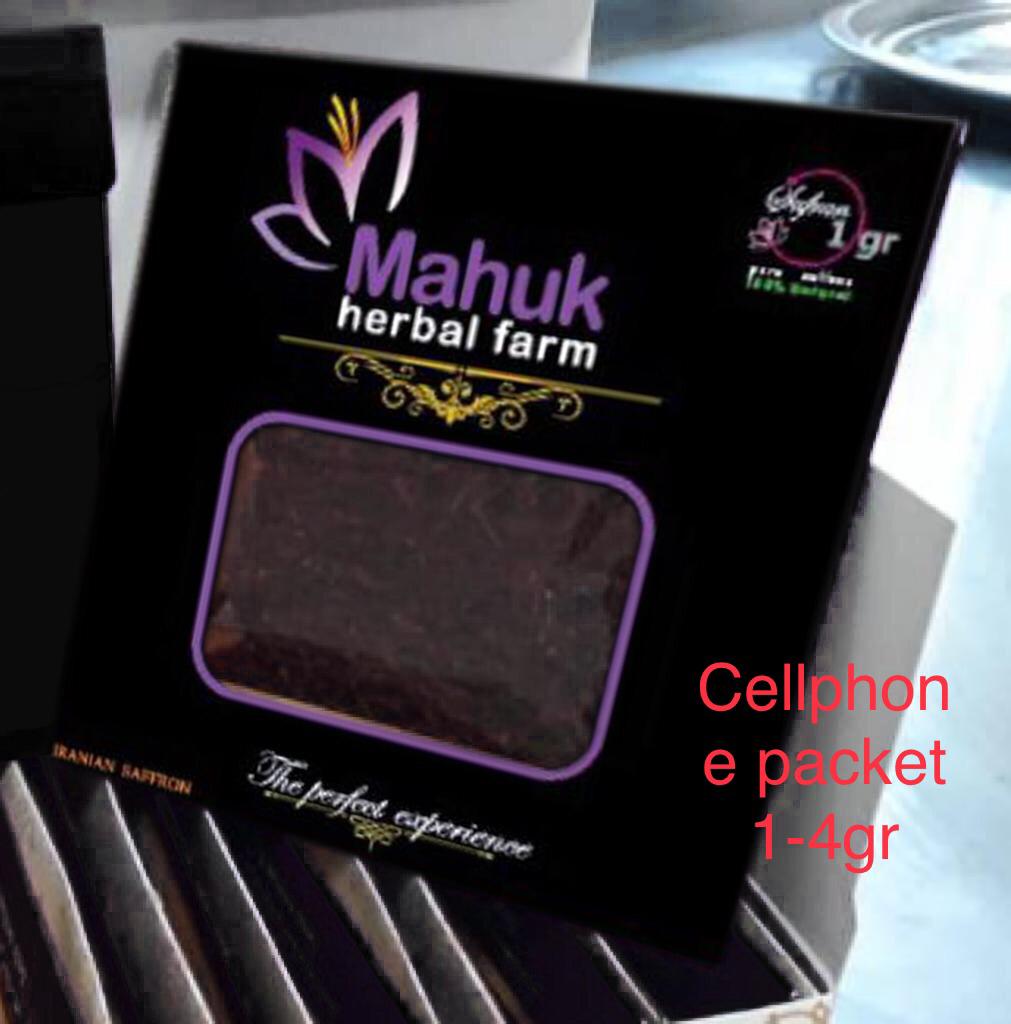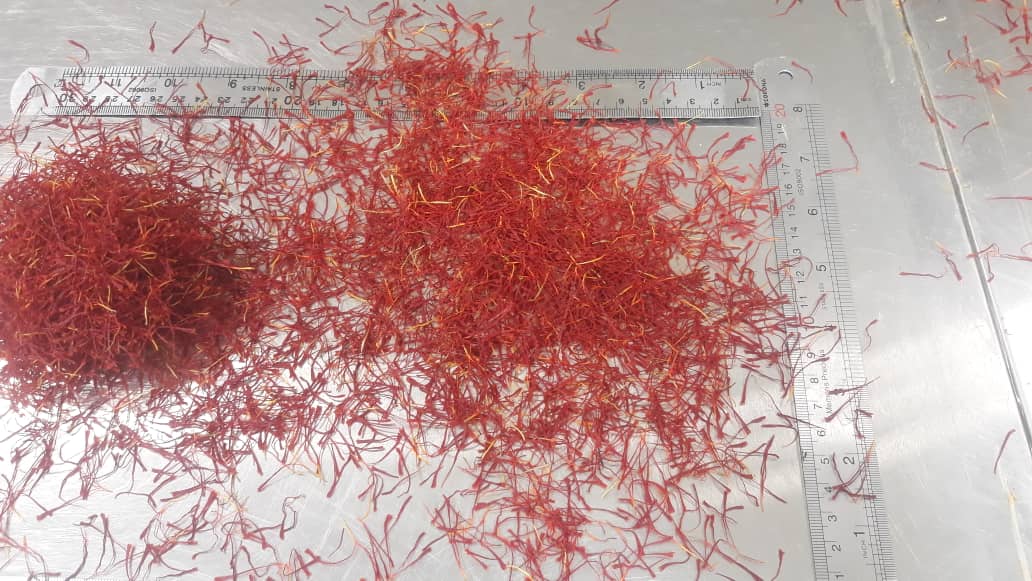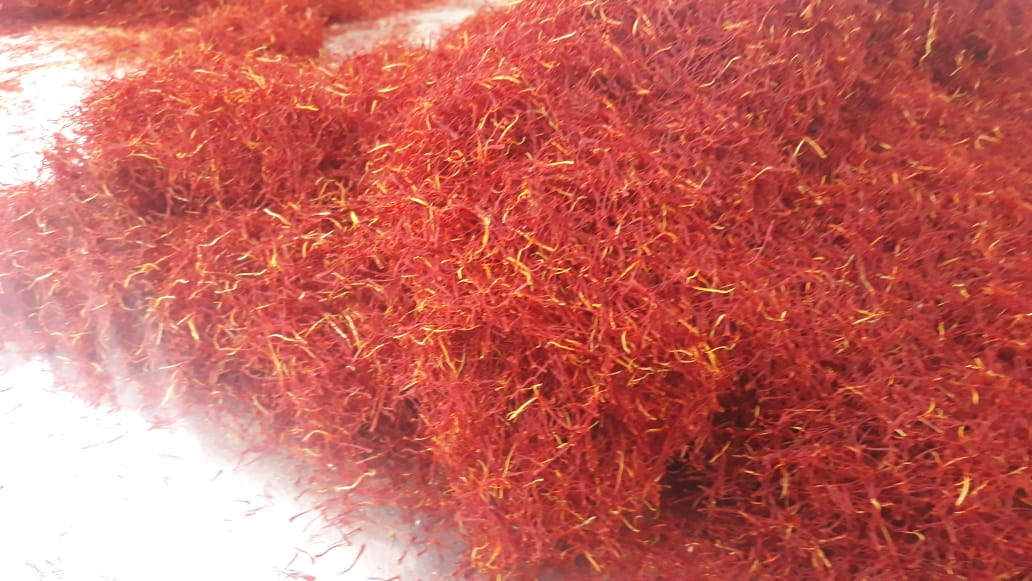Saffron in the past and today
Saffron or Zarpran means a flower whose feathers are like gold.
The familiarity of man with zarpran (saffron), is more than 3,500 years old and has been among the most expensive spices throughout the world. It is said that Iranians were the first ethnic people to cultivate this valuable plant (flower of saffron).
Achilles, the playwright of the early centuries BC, points out that saffron color socks of Dariush the great are mentioned as the oldest trace of saffron in Iranian history.
Saffron was planted and consumed in all Achaemenid, Parthian, and Sassanian periods on the western plateau of Iran. But with the beginning of the Arabs’ liberation, it went to Isfahan and from there it arrived in Qom and Tabaristan, when it found a safe mound east of the Iranian plateau (present-day Khorasan) eight hundred years ago, and adapted to dry and low water and the ability of people of that land it was kept from generation to generation and remained for today.
Today, Iran is the largest saffron producer in the world and nearly 90% of the world’s saffron is produced in Iran.





